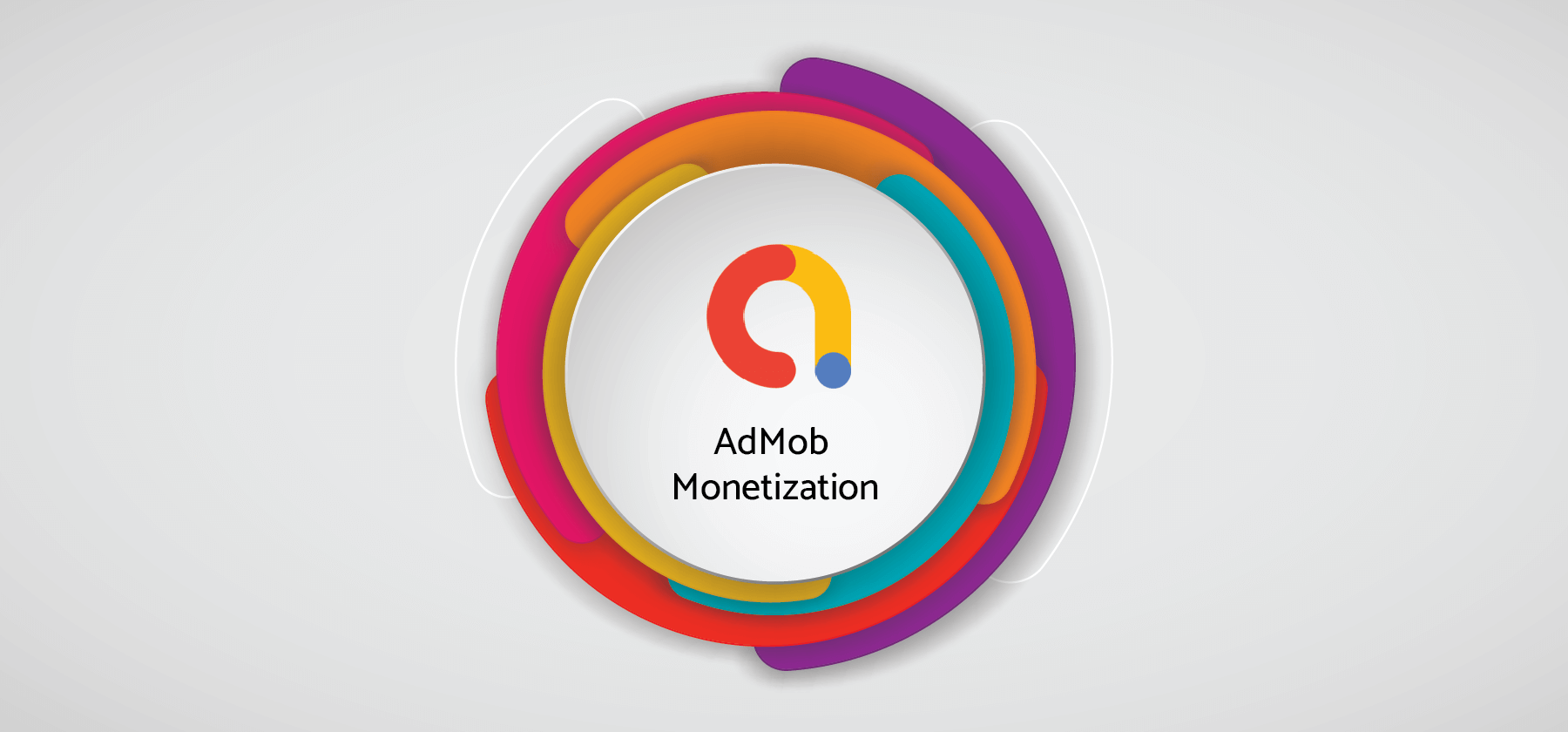- This is a list of the common Android game monetization mistakes you should not be doing.
- It is important to avoid these so that you do not lose your players to other publishers.
Monetizing your Android game can be a tricky path to navigate. While it is essential to generate revenue from your hard work, making mistakes along the way can lead to the loss of players. Everybody tells you the tips and tricks to Android game monetization, but what are the things you should not be doing? Let us look at the answer to this question.
In this blog, we will explore 8 common Android game monetization mistakes and provide insights on how to avoid them, ensuring a smoother journey toward game publishing success.
-
Not having a monetization plan
One of the most significant mistakes game developers make is diving into game development without a clear Android game monetization plan. Before you even start coding, think about how you intend to make money from your game. Will it be through ads, in-game purchases, or a premium price tag?
Having a well-thought-out mobile game monetization strategy will help you make informed decisions throughout the development process.
-
Sticking to a single Android game monetization Method
Relying on a single monetization strategy is a big no! Diversify your revenue streams by combining in-game ads, in-game purchases, and premium versions. Try them out before deciding what works best for you.
This not only appeals to a broader audience but also reduces your dependence on a single income source.
Game publishers today often employ hybrid strategies to increase revenue. Here are some examples of hybrid strategies, If you’re monetizing your Android game with ads, also have a “No Ads” option where users pay to stop seeing ads.
Turn your passion into profits. Get started with Android game app monetization today
-
Trying to monetize as soon as you launch
While having a monetization strategy is a must, it is also necessary to identify the right time to monetize. Premature Android game monetization efforts can alienate your player base.
Instead of bombarding users with ads or purchase options right from the start, focus on creating an enjoyable gaming experience. Next, take time to understand your users - will they opt for in-app purchases and premium subscriptions, their demographics, and other information that can help you curate a successful Android game monetization strategy.
Build a loyal audience first, and then introduce monetization gradually as players become more engaged with your game. Always try to follow Android game monetization best practices to achieve the expected results.
-
Being too Pushy about in-game purchases
Master the difference between showing offers and bombarding the players with offers. Pushy in-game purchase offers can lead to a poor player experience and even uninstallations.
Even if you retain them, they will get habituated to ignoring your offers. That’s how easily you can lose an opportunity for Android game monetization.
Strike a balance between offering valuable items and not overwhelming players with constant prompts. Ensure that in-game purchases enhance gameplay without becoming a barrier to enjoyment.
-
Ignoring the competitors
Failing to analyze your competitors can be a costly oversight. Study similar Android games to understand their monetization strategies, user engagement tactics, and overall success. This research can provide valuable insights into what works and what does not in your niche.
Always be aware of what others in your domain are doing, specifically for two reasons - to take inspiration and to enhance your Android game monetization strategy.
-
Not knowing about policy violations
When opting for in-game monetization, you must be aware of the practices that can cause policy violations.
A policy violation occurs when the ads do not meet a set of pre-approved criteria to be shown on Android games. Ad networks may limit ad serving, and there are chances that the game will be taken down from the app stores if it does not adhere to the policies.
To avoid this, keep yourself updated about the policies and ensure that your ad placements, formats, and content meet the policy guidelines.
-
Not worrying about ad quality
We can not stress enough the importance of ad quality. If you choose to include ads in your Android game, their quality matters. What ads you are showing and when you are showing them should matter as much as ad revenue. Low-quality, intrusive ads can frustrate players and diminish the user experience.
By blocking competitor ads, you can avoid losing users to your competitors. Also, frequent ads, sensitive ads, disruptive ads - all these are not only bad Android game monetization practices but also bad UX practices.
Partner with reputable game ad networks and ensure that the ads displayed are relevant and non-disruptive to gameplay.
-
Showing ads randomly
The ads you show in Android gaming apps should be planned strategically. Randomly displaying ads without considering user engagement can be counterproductive.
You should avoid placing ads in areas of the game that users may not explore. It is also not advisable to show them ads suddenly during gameplay or play them too often.
Implement ad placements strategically, such as during natural breaks in the game, like between levels or after significant achievements. This ensures that ads do not interrupt the gaming experience.
In conclusion, successful Android game monetization involves careful planning, adaptability, and respect for the player's experience. Avoiding these 8 common mistakes is crucial. When you do that, you should also take a player-centric approach to monetization.
This way the game will not just make money but it will also build a loyal and satisfied player community. Remember that long-term success in the Android gaming industry often comes from balancing Android game monetization with a fantastic gameplay experience.
The only ad platform built for developers by developers.
Contact us now for a product that fits your needs! It’s quick, simple and easy.



